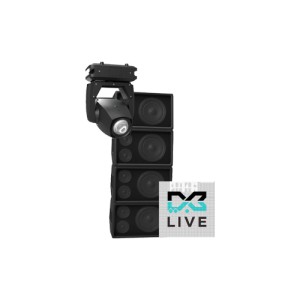
The advent of 3D printing has brought about a revolutionary transformation in the field of architecture, bridging the gap between digital designs and physical realities. This cutting-edge technology has enabled architects to turn their digital creations into tangible models, prototypes, and even full-scale structures. In this article, we explore the profound impact of 3D print Dubai on architecture, from its role in the design process to its influence on construction practices and sustainability.
Visualization and communication:
3D printing has revolutionized the way architects visualize and communicate their designs. With the ability to 3D print physical models from digital designs, architects can now bring their ideas to life in a tangible form. This immersive experience not only enhances the architect’s understanding of the spatial relationships and form but also enables clients and stakeholders to comprehend the design intent more effectively. 3D printed models facilitate clear communication, fostering better collaboration and decision-making throughout the design process.
Iterative design and rapid prototyping:
3D printing has introduced a rapid prototyping approach to architectural design. Architects can quickly produce multiple iterations of a design, enabling them to experiment with various ideas and refine their concepts efficiently. This iterative design process allows for faster problem-solving and idea generation, leading to more innovative and successful design solutions.
Complex geometries and customization:
One of the most significant impacts of 3D printing on architecture is the ability to realize complex geometries and intricate designs. Traditional construction methods often impose limitations on architectural forms, but 3D printing allows architects to explore unconventional shapes and structures. Additionally, 3D printing facilitates customization, enabling architects to tailor designs to specific site conditions, user needs, and aesthetic preferences.
Prefabrication and on-site construction:
3D printing has the potential to revolutionize the construction industry through prefabrication and on-site printing. Prefabricated components can be produced off-site using 3D printers, reducing construction time and costs while ensuring high quality and precision. On-site 3D printing enables the rapid construction of buildings, especially in areas with limited access to traditional construction resources.
Accessibility and inclusivity:
3D printing technology has the potential to increase accessibility and inclusivity in architecture. Through custom design and personalized fabrication, architects can create spaces that cater to individuals with specific needs and abilities. This inclusivity-driven approach ensures that architecture becomes more user-friendly and accommodates diverse populations.


